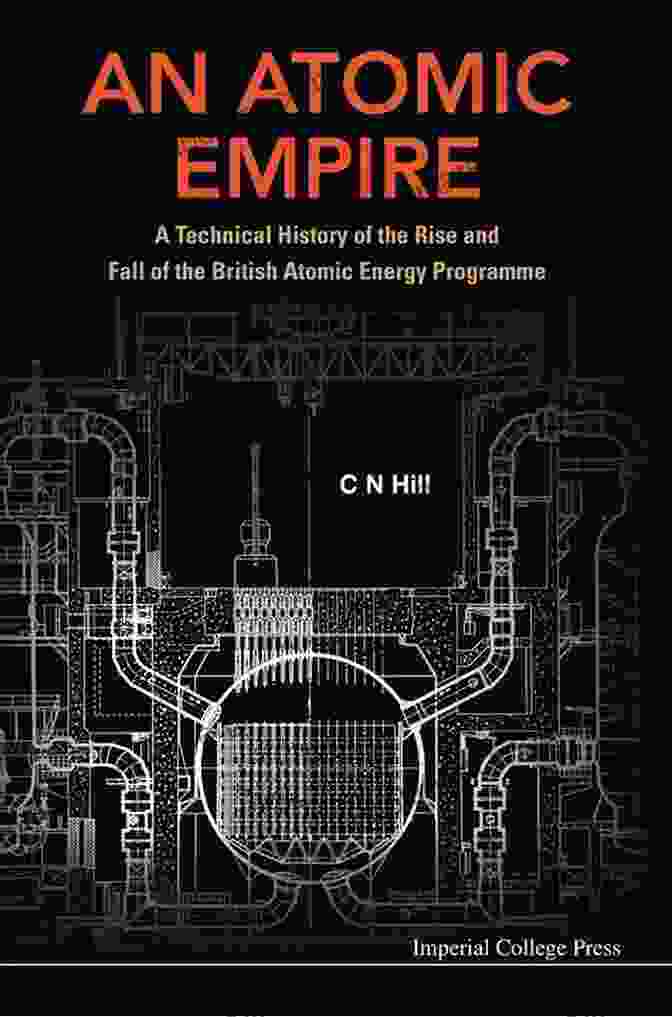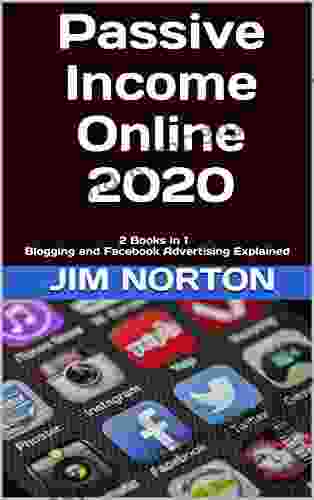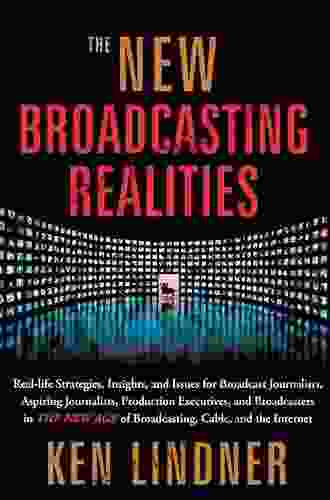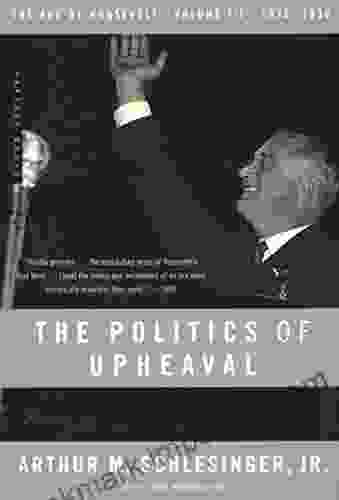Delving into the Rise and Fall of the British Atomic Energy Programme: A Comprehensive Historical Account


The history of nuclear energy is a fascinating and complex one, filled with both triumphs and setbacks. The British Atomic Energy Programme is a particularly significant part of this history, and a new book by Dr. John Pendlebury provides a comprehensive account of its rise and fall.
4 out of 5
| Language | : | English |
| File size | : | 22308 KB |
| Text-to-Speech | : | Enabled |
| Screen Reader | : | Supported |
| Enhanced typesetting | : | Enabled |
| Word Wise | : | Enabled |
| Print length | : | 366 pages |
The Early Years
The British Atomic Energy Programme began in the early 1940s, as part of the Allied effort to develop an atomic bomb during World War II. The programme was initially led by Sir John Cockcroft, and it was based at the Cavendish Laboratory in Cambridge.
In 1940, a team of British scientists led by Otto Frisch and Rudolf Peierls wrote a report that showed that it was theoretically possible to build an atomic bomb. This report was sent to the British government, and it eventually led to the establishment of the British Atomic Energy Programme.
The early years of the programme were marked by a great deal of secrecy and urgency. The scientists working on the project were aware that they were racing against the Germans, who were also believed to be developing an atomic bomb.
In 1943, the British government decided to move the Atomic Energy Programme to the United States. This was done in Free Download to pool resources and expertise with the American Manhattan Project.
The British scientists who worked on the Manhattan Project made a significant contribution to the development of the atomic bomb. They were responsible for developing the implosion method of nuclear detonation, which was used in the bombs that were dropped on Hiroshima and Nagasaki.
The Post-War Years
After the war, the British Atomic Energy Programme continued to develop. In 1952, the programme produced its first atomic bomb. The bomb was tested at the Monte Bello Islands in Australia.
In the years that followed, the British Atomic Energy Programme continued to grow and expand. The programme developed a number of new nuclear weapons, and it also began to develop nuclear power plants.
However, the programme also faced a number of challenges. In the early 1960s, there was a major public outcry over the programme's plans to build a nuclear power plant at Dounreay in Scotland. The plant was eventually built, but the controversy surrounding it led to a decline in public support for the Atomic Energy Programme.
In the late 1960s and early 1970s, the British Atomic Energy Programme was hit by a number of financial and technical problems. The programme's budget was cut, and a number of its projects were cancelled.
In 1979, the British government decided to cancel the Atomic Energy Programme. The programme's facilities were closed, and its scientists were laid off.
The Legacy of the British Atomic Energy Programme
The British Atomic Energy Programme was a major undertaking, and it had a significant impact on British history. The programme produced a number of nuclear weapons, and it also helped to develop nuclear power plants.
However, the programme also faced a number of challenges, and it was eventually cancelled in 1979.
The legacy of the British Atomic Energy Programme is a complex one. The programme made a significant contribution to the development of nuclear weapons, but it also raised a number of important questions about the ethics of nuclear proliferation.
Dr. Pendlebury's book provides a comprehensive and detailed account of the British Atomic Energy Programme. The book is well-written and well-researched, and it is a valuable resource for anyone interested in the history of nuclear energy.
4 out of 5
| Language | : | English |
| File size | : | 22308 KB |
| Text-to-Speech | : | Enabled |
| Screen Reader | : | Supported |
| Enhanced typesetting | : | Enabled |
| Word Wise | : | Enabled |
| Print length | : | 366 pages |
Do you want to contribute by writing guest posts on this blog?
Please contact us and send us a resume of previous articles that you have written.
 Book
Book Novel
Novel Page
Page Chapter
Chapter Text
Text Story
Story Genre
Genre Reader
Reader Library
Library Paperback
Paperback E-book
E-book Magazine
Magazine Newspaper
Newspaper Paragraph
Paragraph Sentence
Sentence Bookmark
Bookmark Shelf
Shelf Glossary
Glossary Bibliography
Bibliography Foreword
Foreword Preface
Preface Synopsis
Synopsis Annotation
Annotation Footnote
Footnote Manuscript
Manuscript Scroll
Scroll Codex
Codex Tome
Tome Bestseller
Bestseller Classics
Classics Library card
Library card Narrative
Narrative Biography
Biography Autobiography
Autobiography Memoir
Memoir Reference
Reference Encyclopedia
Encyclopedia Itayi Garande
Itayi Garande Hugo Wilson
Hugo Wilson Paul Sherbo
Paul Sherbo Jimmy Carter
Jimmy Carter Patricia Johnson Laster
Patricia Johnson Laster Marshall Lefferts
Marshall Lefferts Ivan G Marcus
Ivan G Marcus John Millen
John Millen Irving Stone
Irving Stone Howard Pyle
Howard Pyle Ian Dickerson
Ian Dickerson J Stewart Black
J Stewart Black Toni Crowe
Toni Crowe Tripp Lanier
Tripp Lanier Michael Mackenzie
Michael Mackenzie Hugh Piggott
Hugh Piggott Michael Littlewood
Michael Littlewood Howard Piltz
Howard Piltz Irene Morra
Irene Morra Tim Vigors
Tim Vigors
Light bulbAdvertise smarter! Our strategic ad space ensures maximum exposure. Reserve your spot today!

 Isaac AsimovIn Blogging and Facebook Advertising Explained: Your Comprehensive Guide to...
Isaac AsimovIn Blogging and Facebook Advertising Explained: Your Comprehensive Guide to...
 Quentin PowellHow To Be The Best Mom And Dad At The Same Time: 11 Rules On How To Raise...
Quentin PowellHow To Be The Best Mom And Dad At The Same Time: 11 Rules On How To Raise... Andy ColeFollow ·13.3k
Andy ColeFollow ·13.3k Quincy WardFollow ·8.7k
Quincy WardFollow ·8.7k Orson Scott CardFollow ·9k
Orson Scott CardFollow ·9k Ernest HemingwayFollow ·6.2k
Ernest HemingwayFollow ·6.2k Will WardFollow ·12.7k
Will WardFollow ·12.7k Jorge AmadoFollow ·6.2k
Jorge AmadoFollow ·6.2k Milan KunderaFollow ·9.4k
Milan KunderaFollow ·9.4k John GrishamFollow ·4.4k
John GrishamFollow ·4.4k

 Mike Hayes
Mike HayesUnlock Your Nonprofit Potential: A Comprehensive Guide to...
: Embarking on the Path to Impactful...

 Cody Russell
Cody RussellUnlock the Secrets of Captivating Radio Programming:...
In the fiercely competitive world of...

 Aron Cox
Aron CoxUnveiling the Enchanting World of Beth Inspired Eye...
A Realm of Imagination and Wonder Embark on...

 Felix Carter
Felix CarterUnlock the Secrets of Legal Publishing with West Hartford...
West Hartford Legal Publishing, the renowned...

 Henry Hayes
Henry HayesUnveiling the Secrets of the Panama Papers: Exposing...
The Panama Papers is a groundbreaking...
4 out of 5
| Language | : | English |
| File size | : | 22308 KB |
| Text-to-Speech | : | Enabled |
| Screen Reader | : | Supported |
| Enhanced typesetting | : | Enabled |
| Word Wise | : | Enabled |
| Print length | : | 366 pages |










